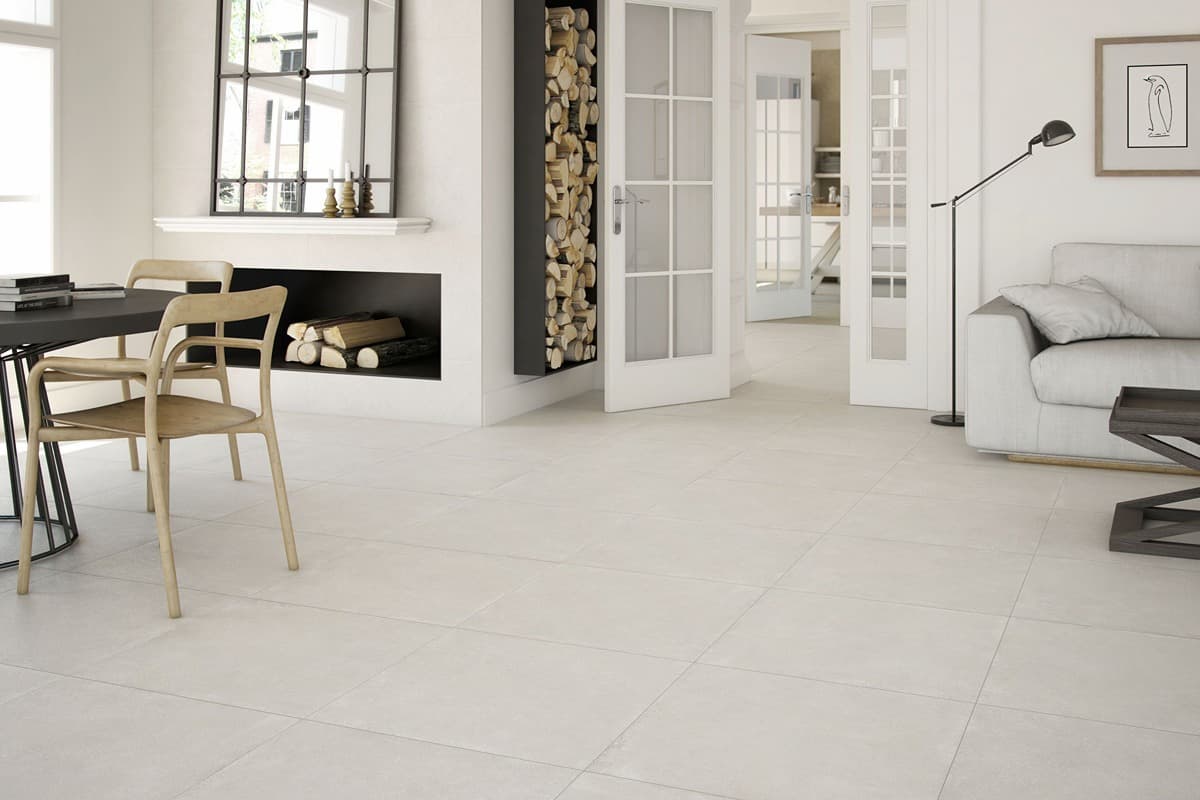Ceramic tiles that are designed for and certified for use outside always undergo frost resistance testing before being sold to consumers. The percentage of water absorbed by each ceramic tile is referred to as the tile's "water absorption" (WA%). It is essential to keep in mind that locating the perfect tile is not the only thing that is necessary. To construct a slope that prevents water from gathering, the underlayer, as well as the grout joints in the slope, need to be made of the appropriate material. In a similar vein, frost damage is frequently caused by a wide number of other factors. The surface of the ceramic tile may only be rendered frost-resistant if the appropriate tiles, grout, and other accents are utilized.

To fill in the spaces between tiles, a cement-based adhesive known as ceramic tile grout is typically utilized. The space that is not occupied by tiles is known as the grout joint. Sealing and maintaining grout joints properly is necessary in order to prevent stains and discoloration of the grout. They have a significant number of pores. Tiles and grout that have been adequately protected, in addition to being simpler to clean and resistant to stains, provide an environment that is not only cleaner but also safer and healthier. Ceramic tiles are highly impermeable because they have a limited porosity and only take in a little quantity of water. This combination makes them water resistant. They are able to endure extremely low temperatures as well as rapid shifts in temperature. In addition to this, it makes them exceptionally easy to clean up after use.

The ability of ceramic tile to resist the effects of freezing and thawing temperatures with very minimal wear and tear is referred to as frost resistance. The capacity of a material to endure low temperatures is impacted by the porosity of ceramic tile as well as the pace at which it absorbs water. Damage caused by freezing occurs when the temperature drops below freezing and causes water that has been absorbed by ceramic tiles through their pores to freeze. Because water expands as it freezes, the body of the ceramic tile might become stressed out as a result. It is possible that the ceramic tile will crack as a result of the high amounts of pressure occurring inside.

Ceramic tiles that are frost-resistant should always be used for outdoor installations in regions that experience year-round temperatures that are below freezing. Ceramic tiles that have been the handcrafted result in a surface that is not only resistant to scratches and stains but also resistant to fading and long-lasting. Ceramic tiles are also resistant to fading Tiles made of ceramic are becoming an increasingly popular option for the flooring of homes. This is because they are not very expensive, need very little upkeep, are available in a wide range of sizes, colors, and forms, and can simply be included in the design plan of any area. The installation of ceramic tiles may result in either favorable or unfavorable outcomes. It is beneficial to have an awareness of the properties of ceramic tiles, as well as their application and acceptance as an alternative for flooring.

Ceramic floor tiles are an absolute must if you want to install them outside. Investing in items that are long-lasting and resistant to wear and tear should be a primary focus for you. After all, it is going to be used for a considerable amount of time and will be subjected to a variety of different types of weather. It has to look for flooring that is both durable and resistant to wear and tear. Because they are intended to be used for lengthy periods of time in a row, it is imperative that they are resistant to the effects of water. In addition to being able to withstand falls, it must also be able to withstand snow and ice. Incredibly, if the temperature drops too low, the moisture on the pavement may freeze and crack as a result. The necessity for adequate flooring for wet and non-slip areas in great weather is especially popular in projects with terraces and pools, which promotes safety. This is because both of these features increase the likelihood of people becoming wet.
